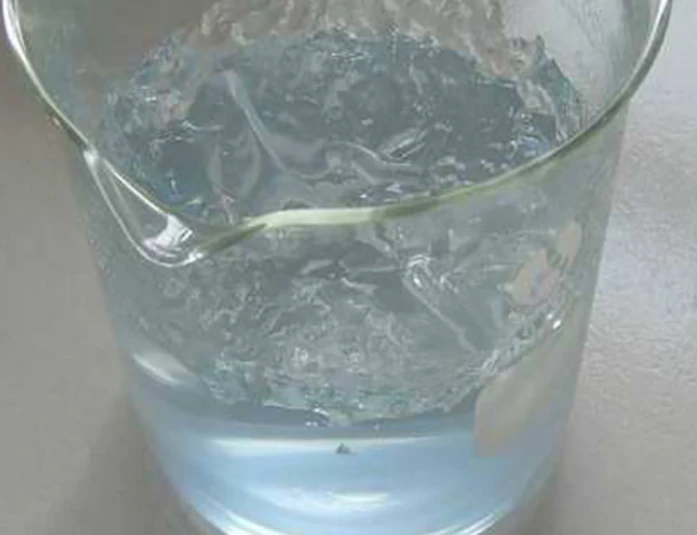dodecyl dimethyl benzyl ammonium chloride
Exploring Dodecyl Dimethyl Benzyl Ammonium Chloride A Versatile Compound in Industrial and Household Applications
Dodecyl dimethyl benzyl ammonium chloride (DDBAC) is a quaternary ammonium compound that has gained significant attention in both industrial and household applications due to its surfactant and antimicrobial properties. As a member of the benzalkonium chloride family, DDBAC serves as an effective agent in various formulations, including disinfectants, preservatives, and surfactants.
Chemical Structure and Properties
The chemical formula of DDBAC is C21H38ClN, and its structure consists of a dodecyl chain (a 12-carbon alkyl chain) attached to a dimethyl amino group and a benzyl group. This unique structure enhances its amphiphilic nature, allowing it to interact with both hydrophilic and hydrophobic substances. DDBAC is typically presented as a colorless to pale yellow liquid, with a characteristic odor and high solubility in water, making it an ideal candidate for numerous applications.
Antimicrobial Activity
One of the most notable features of DDBAC is its potent antimicrobial activity. Research has demonstrated that this compound is effective against a wide range of pathogens, including bacteria, viruses, and fungi. Its mechanism of action involves disrupting microbial cell membranes, leading to cell lysis and death. This property makes DDBAC widely used in disinfectants and sanitizers, contributing to its role in infection control within healthcare settings, food processing industries, and even in households.
Applications in Disinfection and Sanitization
In the pharmaceutical and healthcare industries, DDBAC is a crucial component in the formulation of surface disinfectants and antiseptics. Its efficacy in eliminating harmful microorganisms helps prevent hospital-acquired infections (HAIs) and ensures the safety of medical environments. Moreover, its presence in hand sanitizers provides an additional layer of protection for consumers, especially during global health crises like the COVID-19 pandemic.
Beyond healthcare, DDBAC finds applications in the agricultural sector, where it is used as a biocide in the treatment of equipment and surfaces that come into contact with food. It is also employed in the manufacturing of cleaning products, offering deep cleaning properties that help remove dirt, grease, and stains.
dodecyl dimethyl benzyl ammonium chloride

Role in Household Products
DDBAC's versatility extends to various household products, including surface cleaners, laundry detergents, and fabric softeners. Its effectiveness as a surfactant lowers the surface tension of water, allowing it to penetrate and lift away soil and grime effectively. Its ability to eliminate odors and maintain freshness further enhances its appeal to consumers looking for effective cleaning solutions.
Safety and Regulatory Considerations
Despite its beneficial properties, safety considerations regarding the use of DDBAC are paramount. Like many quaternary ammonium compounds, DDBAC can pose risks if handled improperly. Direct skin contact or inhalation of aerosols may lead to irritation or allergic reactions. As such, regulatory agencies have established guidelines to ensure safe use, and manufacturers must adhere to safety data sheet (SDS) protocols when formulating products containing DDBAC.
Environmental Impact
The environmental implications of DDBAC use have also come under scrutiny. While its antimicrobial properties are advantageous, the potential for aquatic toxicity and the compound's persistence in the environment necessitate caution. Researchers are currently examining biodegradable alternatives and formulations that minimize ecological risks while maintaining effectiveness.
Conclusion
Dodecyl dimethyl benzyl ammonium chloride exemplifies the balance between utility and safety in modern applications. Its effectiveness as a disinfectant and surfactant makes it indispensable in both industrial and household contexts. While the benefits of DDBAC are clear, ongoing research and stringent regulatory standards must guide its use to safeguard human health and the environment. As we advance, the challenge remains to harness the advantages of compounds like DDBAC while minimizing any associated risks. In doing so, we can enhance public health, support effective cleaning processes, and promote sustainability across industries.
-
lk-319-special-scale-and-corrosion-inhibitor-for-steel-plants-advanced-solutions-for-industrial-water-systemsNewsAug.22,2025
-
flocculant-water-treatment-essential-chemical-solutions-for-purification-processesNewsAug.22,2025
-
isothiazolinones-versatile-microbial-control-agents-for-industrial-and-consumer-applicationsNewsAug.22,2025
-
scale-inhibitor-key-solutions-for-water-system-scale-preventionNewsAug.22,2025
-
organophosphonates-versatile-scale-inhibitors-for-industrial-water-systemsNewsAug.22,2025
-
scale-and-corrosion-inhibitor-essential-chemical-solutions-for-water-system-maintenanceNewsAug.22,2025





